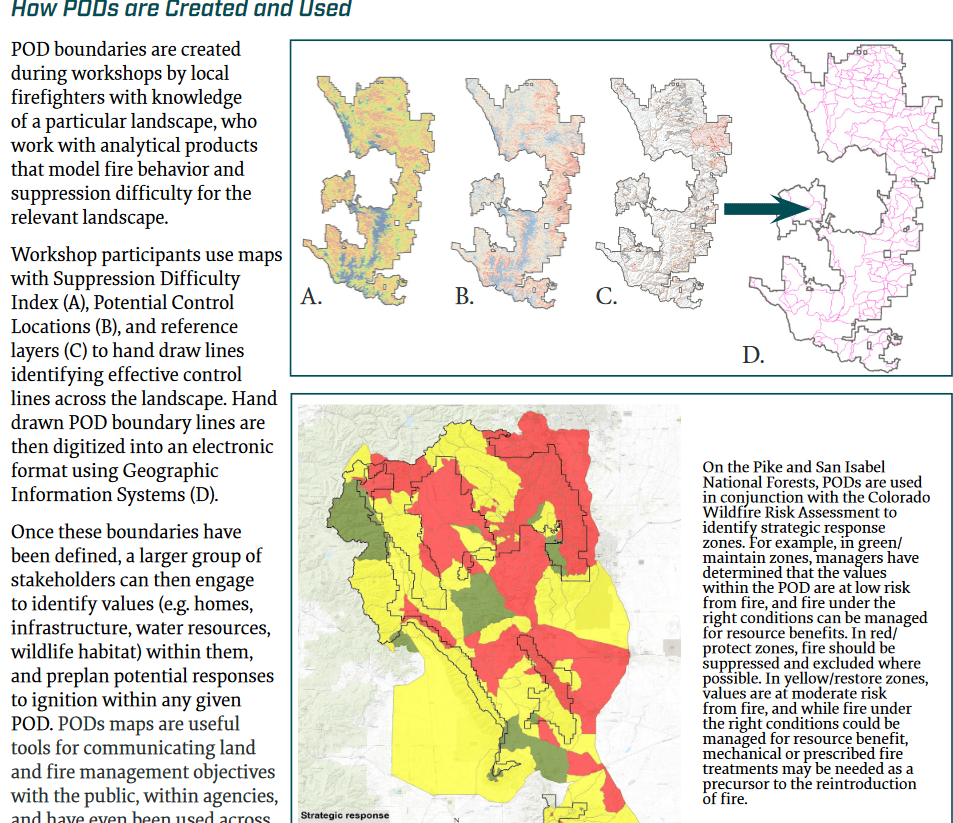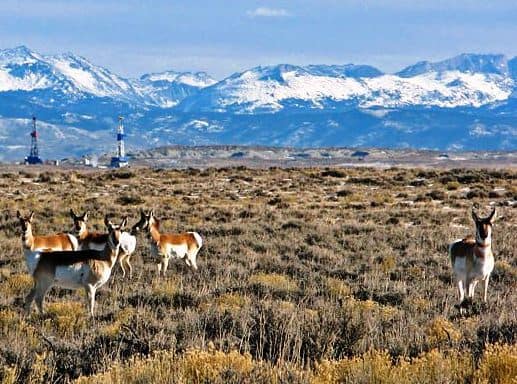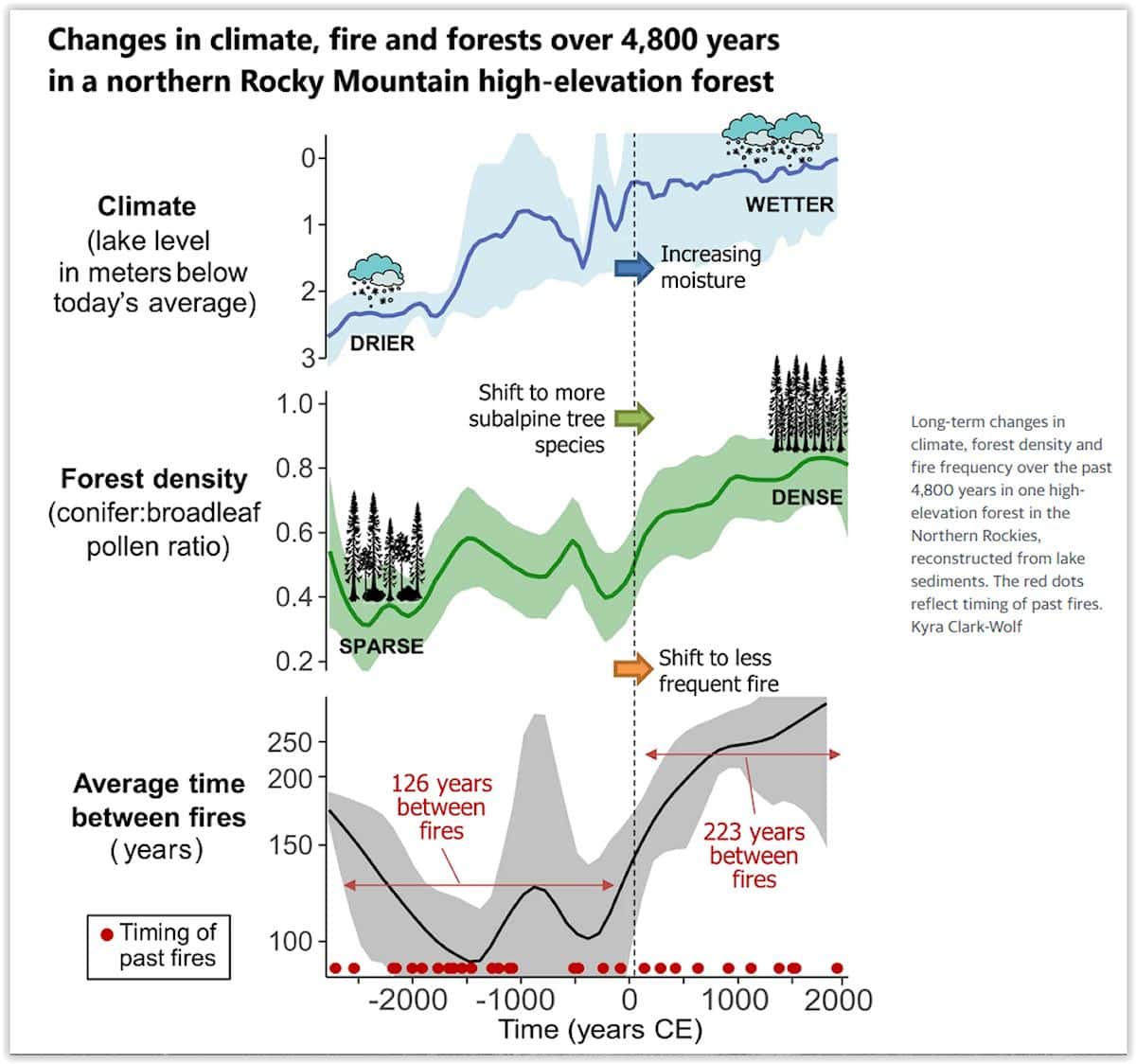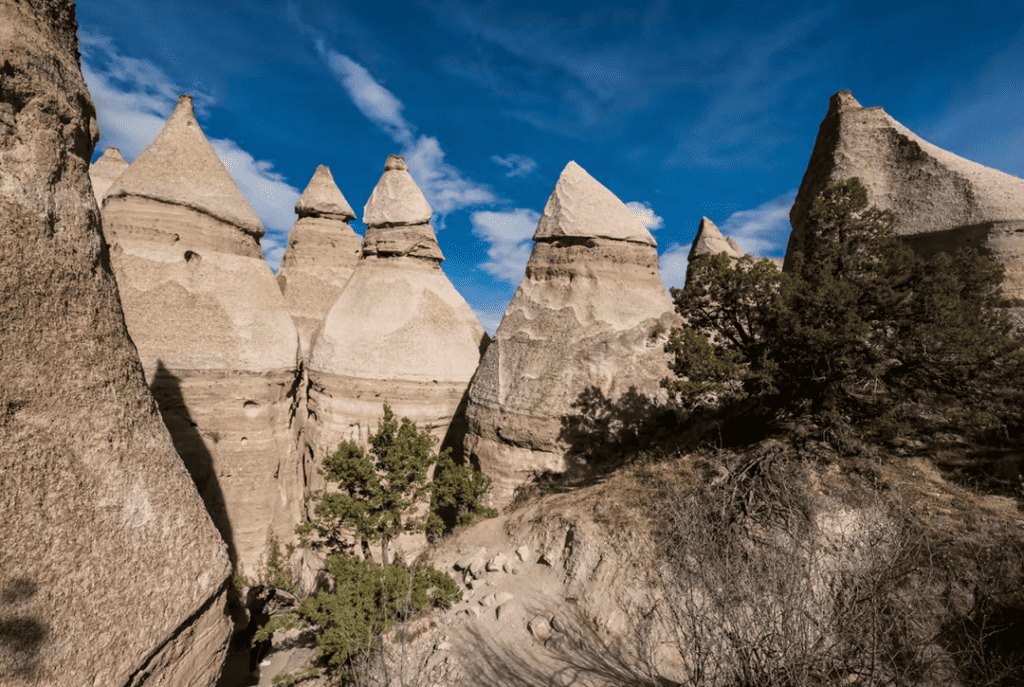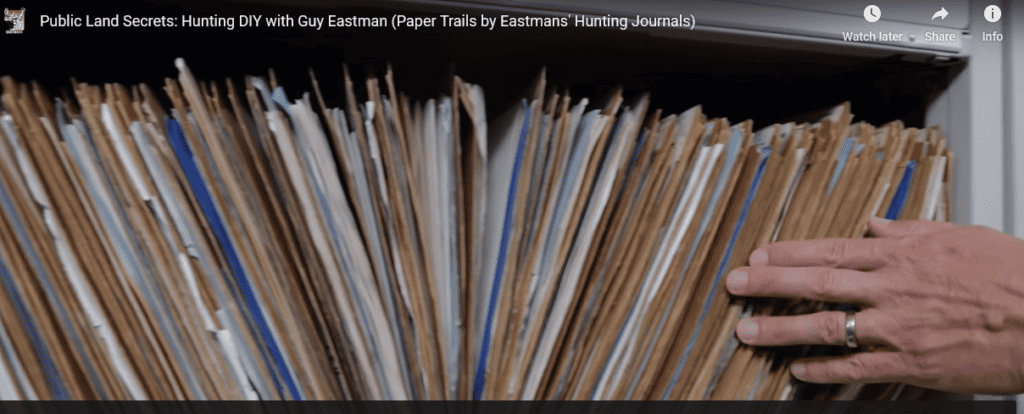There is much to talk about in the Wildfire Commission Report. Kelly Martin has offered to talk to us about it (she is a member of the Commission) via Zoom, so please let me know if you are interested. Today, though, I had heard that Commission members were making Hill visits to highlight priority actions. I don’t know what they came up with as priorities, so hopefully someone will let us know. But I thought it might be fun to generate ideas here. There is plenty of expertise among TSW readers. The way the Report is written, it’s an emergency- so that gives us room to think outside the box.. way outside the box!
Here’s mine.
1. Workforce. Of course, give wildland firefighters a living wage and what they are already owed. Work on housing. How about a CE for FS and BLM to develop sites on federal land to house workers? Perhaps for workers’ RVs or trailers, or provide those to them at reasonable cost? Maybe used FEMA trailers? Cheaper and quicker than building permanent housing, as some places are trying. What else can we do?
Perhaps synchronistically, I received in my mailbox this morning a post from a person whose pseudonym is N.S. Lyons, who writes a Substack called The Upheaval. He was talking about the failure of security systems in Israel at the border, but I thought this might be relevant to this topic.
One of the most famous sayings of the legendary U.S. Air Force pilot and strategist Col. John Boyd, who helped develop modern maneuver warfare (and is maybe best known for inventing the “OODA Loop”) was: “People, ideas, machines – in that order!” While warfighting devices were and are important, as are doctrines, tactics, and stratagems, these are all less important than the people doing the fighting, planning, and organizing – and are far less adaptable and reliable. As Boyd would often harangue Generals in the Pentagon, usually to no avail: “Machines don’t fight wars… Humans fight wars!”
*****
Today we have come to practically worship technology and complexity for its own sake, believing it to be the sorcery that must be able to solve our problems once and for all. Except far too often it actually doesn’t – it just creates the illusion of having done so, while our own capacities have actually diminished and our vulnerabilities to entropy-induced system failure have increased. In this way, technology has increasingly become a false idol, squatting in the place of or even preventing genuine human ingenuity, innovation, and adaptability.
People, ideas, machines.. indeed! So let’s invest in them. First.
2. Build Trust About Use of Beneficial Fire. Having fuels experts live in their communities (see 1) will help. I would add Congress asking the FS to stand down on plan revision until each Forest finishes (including litigation) a plan amendment that develops 1) PODs, or equivalent mapping of potential operational sites 2) conditions and places for prescribed fire and wildland fire use and 3) programs to understand and reduce human-caused ignitions. The amendment would include an EIS for ongoing maintenance of PODs and maybe some programmatic stuff for prescribed fire and wildland fire use. By doing this with an open, public process, communities could quickly get on board with understanding how PODs related to their own efforts and can coordinate. Right now in many places it appears that communities are doing the “random acts of mitigation” without the kind of knowledge that fuels and fire suppression folks from the agencies have available. My thinking is that building trust with individual humans who live in their community, and the kinds of discussions and public involvement that would come with an amendment, will build a solid relationship for working together on mitigation and beneficial fire. If Forests just proceed with plan revisions, fire will be one of many things on a relatively small sample of forests.. is it or ain’t it an emergency?
3. Commission or Workgroup on Wood Waste Utilization. When I read these recommendations in the Report, I thought “we’ve been working on this for forty years now.” And I know some of the folks who continue to work on it today. We have long had grants for this kind of thing, and yet.. Ten years or so ago, I was in a meeting with DOE who wanted to try something at a gigantic scale, and The Wilderness Society who was afraid if we developed markets for small diameter woody material that they would take over politically and the environment would be sacrificed. So all the bright young Colorado entrepreneurs at the meeting gave up. Then there is the question of supply, that 4FRI was developed in part to deal with. When I look around I see excellent efforts by some FS researchers, by Extension faculty at land grants, by entrepreneurs and so on, and yet…we’ve lost capacity in terms of forest economists and utilization specialists. Weirdly we spend more money on modeling problems in the future than on solving problem right in our face (emergencies!). What’s up with that?
California had a 50-member working group on “advancing collaborative action on forest biofuels” (of course biofuels is only one use of woody waste) and produced a report in 2022, plus they have some zones of agreement with ENGO’s so perhaps some of those folks could be tapped to anchor a national Commission or Workgroup. Whatever we have been trying has not been working, and needs organized, comprehensive and dedicated attention. Key stakeholders are small businesses with experience in the space, technology folks, economists and utilization operations specialists, communities and ENGO’s. If we keep doing what we always did, we’re going to get what we always got.
And finally (a girl can dream…)
4. Stick a Fork in the Current Admin’s MOG Initiative..err.. climate resilience and adaptation initiative. Parsing out what treatments are best to protect OG or any forests from wildfire.. would be best developed by fire amendments to forest plans. All hands on deck. Focus. This is what climate adaptation looks like.. worked out day by day with resource professionals and communities in specific places. Many excellent folks are working on MOG who could be working on fire amendments to forest plans, collecting data, etc. Emergency? Yes if you really want to protect OG and mature stands (at least from wildfire).
